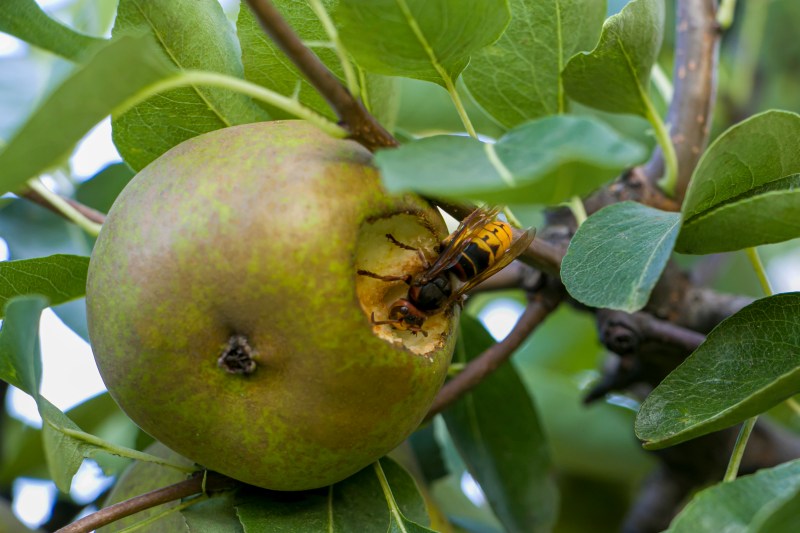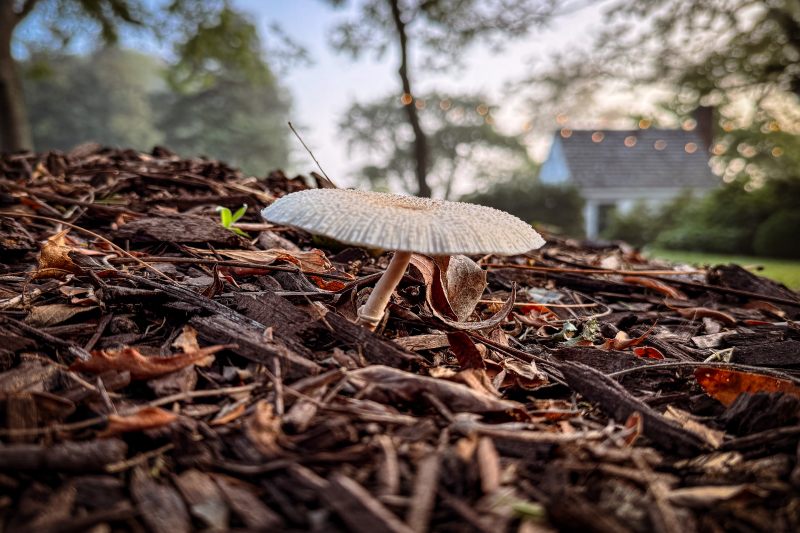Plant Treatment Services

Complete Care For Disease Prevention & Treatment
Expert treatment services help to protect and enhance your landscape. From insect, fungi, and disease prevention to eco-friendly deer repellent and mosquito control, our tailored solutions ensure healthy, resilient trees and shrubs.
With customized care and proactive strategies, we keep your outdoor spaces vibrant and pest-free year-round.
Plant Disease Treatment Services
RTEC Treecare offers a range of disease treatment solutions to manage current infections and reduce the risk of future issues, keeping your landscape vibrant and at its best.

Insect Treatments
RTEC Treecare’s insect treatment services protect your trees and shrubs with environmentally friendly solutions. Our certified arborists target harmful pests while preserving beneficial species, ensuring ecological balance and plant health. Using organic, tailored treatments, we prevent damage, support pollination, and reduce risks from disease-carrying ticks. With proactive monitoring and seasonal inspections, we provide long-term protection and a thriving, resilient landscape.

Disease Treatments
Our disease treatment services protect trees and shrubs by addressing harmful pathogens and environmental stressors. Through early detection, accurate diagnosis, and eco-friendly treatments, we restore tree health and prevent future issues. Our comprehensive care includes pruning, soil conditioning, and proactive monitoring to enhance plant resilience, promote growth, and maintain a healthy, sustainable landscape.

Fungi Treatments
RTEC Treecare’s fungi treatments protect trees from damaging infections like powdery mildew and root rot, which can cause decay and instability. Using accurate diagnosis, customized plans, and eco-friendly solutions, we treat infections while preserving the surrounding ecosystem. Our preventative care and ongoing monitoring strengthen trees, promote disease resistance, and maintain the health and beauty of your landscape.

Deer Repellent
Deer browsing can cause significant damage to trees and shrubs, particularly in residential areas. Our deer repellent treatments create an environment that deters deer without harming them or your plants. By protecting your landscape from browsing, these treatments preserve the health and appearance of your trees year-round.

Mosquito Control
Our all-natural mosquito control treatments eliminate these pests while preserving the safety of beneficial insects along with people and pets. These solutions make your outdoor spaces more enjoyable, allowing you to spend time outside without the nuisance of mosquitoes or the risks they pose to your family’s health.
Let The RTEC Treecare Team Take Care Of Your Plants Today!
At RTEC Treecare, our certified arborists combine scientific expertise with environmentally friendly practices to restore the health of your trees and shrubs. Set up a consultation with our team today and take the first step toward enjoying a healthier, more resilient landscape on your property.
Reviews From Our Clients

4.9 of 5 based on 245 reviews












